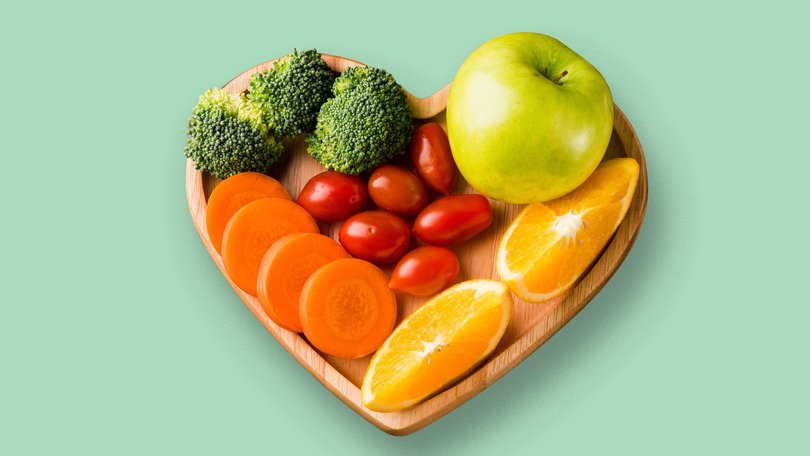Nutritionist Sarah Di Lorenzo: Cholesterol – what does it mean, the good, the bad and the ugly

Cholesterol today has a bad reputation but it is actually very misunderstood.
Cholesterol is not a bad word nor is it bad for us in fact we can’t live without it.
I am going to break it down for you to fully understand and to take away cholesterol’s unfair bad reputation.
Sign up to The Nightly's newsletters.
Get the first look at the digital newspaper, curated daily stories and breaking headlines delivered to your inbox.
By continuing you agree to our Terms and Privacy Policy.The key is understanding why we need cholesterol in healthy amounts and knowing the different kinds, their consequences and what foods increase the bad and support the good cholesterol.
Cholesterol is a certain type of fat produced by our body, primarily in our liver and also produced by most cells in our body.
Cholesterol is carried around our bodies by carriers known as lipoproteins.
Our body will produce 66 per cent of the cholesterol we need. We can also find cholesterol naturally occurring in some foods such as eggs, prawns, meat, butter, cheese and liver.
Cholesterol is so important for our health, firstly our body needs cholesterol to build and repair cells, to make hormones such as testosterone, estrogen and adrenal hormones.
Our body also needs cholesterol to build the structure of our cell membranes, to help our metabolism work effectively and to produce the all important Vitamin D.
Cholesterol also is needed to produce bile acids that help our body digest fat and absorb nutrients.
So now you can see why it is so important to our health and why we can’t exist without it.
But while it is essential, like all things it needs to be in balance, when it is out of balance is where it can be damaging to our health.
There are different types of cholesterol and they are named after the proteins that carry them in the blood called lipoproteins.
There are two main types of cholesterol high-density lipoproteins (HDL) also known as the ‘good’ cholesterol and low density lipoprotein (LDL) known as the ‘bad’.
HDL helps remove excess cholesterol from our arteries to the liver to be removed from the body — therefore it’s the good cholesterol.
The LDL does the opposite, leaving cholesterol in our arteries which form plaque in the artery wall, leading to narrowing and hardening of the arteries, known as atherosclerosis increasing risk of stroke and heart disease.
When you get your cholesterol checked triglycerides are also tested which are a type of fat in our blood that are linked to increasing our risk of heart disease when elevated.
There are no signs you have high cholesterol so regular yearly blood tests are essential to keep track for those over 45.
For those under 45, who are healthy, blood tests are recommended every two to three years.
High cholesterol can also be genetic a condition called familial hypercholesterolaemia.
The causes of high cholesterol are: mentioned family history, being overweight or obese, smoking, old age, excessive alcohol consumption, unhealthy diet and a sedentary lifestyle.
The good news is we can lower our cholesterol and have it in a healthy range with diet and lifestyle changes.
To start you need to cut out all the cakes, biscuits, fatty processed meats, fried foods, fast foods, sugary foods, sugary beverages, foods with trans fats and ideally avoid alcohol.
Include foods in the diet that are anti-inflammatory and contain good fats such as salmon, tuna, buts, olives, avocado, seeds such as pumpkin, sunflower and flaxseeds.
Enjoy at least two tablespoons of olive oil daily and add turmeric to your meals.
Fibre is essential for lowering cholesterol, enjoy oats for breakfast, add psyllium to the oats, enjoy lots of fruit and vegetables plus legumes such as chick peas, beans and lentils.
Start exercising regularly, build up from a daily walk for those of you who are just starting out with exercise to around 180 minutes a week of cardio such as running, jogging, cycling or power walking and start to include resistance training.
Exercise is the ultimate elixir for good health. Embrace it.
Also part of the journey to lowering cholesterol is to get to a healthy weight and maintain it as well if you smoke look at ways to quit.
As a clinical nutritionist I have seen thousands of people reverse their cholesterol with diet and lifestyle changes.
It can be done, the key is always being prepared and consistent and it’s worth it.
